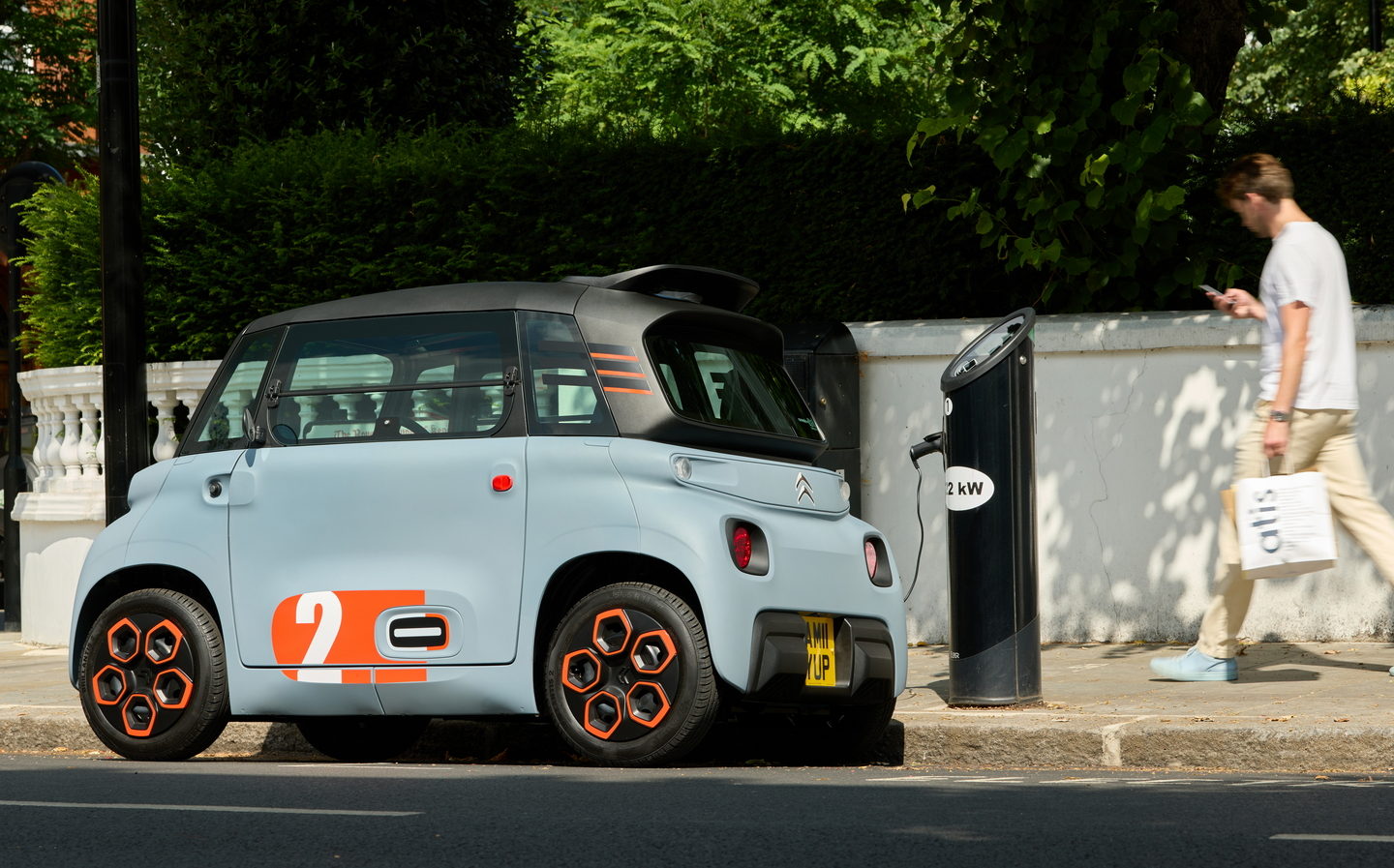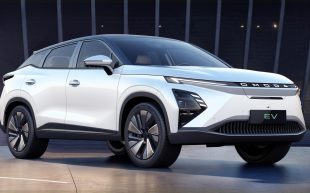New data reveals UK regions with biggest increases in EV charging points
Some regions charging ahead
With the number of electric vehicle charging points needed to increase rapidly ahead of the 2030 ban on the sale of new petrol and diesel cars, some local authorities are pulling out all the stops to meet demand, according to new analysis of government data.
Over the past three years, Welwyn Hatfield in Hertfordshire has been the best-performing local authority in Britain when it comes to the percentage growth in public EV charging devices per 100,000 people. There has been a substantial 754% rise in the number of public chargers in the borough, with 90.4 public chargers per 100,000 people — up from 10.6 per 100,000 in October 2019.
The figures, revealed by Citroën following analysis of the latest government data, also showed that Brighton and Hove, East Sussex, recorded the second highest rise with a 496% increase in the area since October 2019; the area now has 121 chargers per 100,000 of the local population.
Kingston-upon-Thames, Surrey came in third with a 480.5% rise and now has 89.3 chargers per 100,000 of the population, up from 15.4 in 2019.
Over the same period, the UK as a whole saw a 129% rise in the number of public charging devices, the data revealed.
| Local authority/region | No. of public charging devices per 100,000 of the population – October 2022 | No. of public charging devices per 100,000 of the population – October 2019 | Change |
| Welwyn Hatfield | 90.4 | 10.6 | 753.60% |
| Brighton and Hove | 121 | 20.3 | 495.60% |
| Kingston-upon-Thames | 89.3 | 15.4 | 480.50% |
| North Warwickshire | 61.1 | 12.3 | 395.40% |
| Barnet | 82.7 | 17.3 | 376.90% |
| Dartford | 73.7 | 15.5 | 375.30% |
| Cherwell | 90.9 | 20.1 | 351.90% |
| Bolsover | 55.3 | 12.6 | 340.20% |
| Southwark | 213.4 | 48.5 | 339.70% |
| Coventry | 183.2 | 42.5 | 330.70% |
At the time of publishing there are 35,778 chargers now available at 21,378 locations, according to Zap-Map.com.
In terms of total public charging devices per local authority (not accounting for population), the Citroën research showed Westminster has by far the most charging points, with 1,494 devices in place, followed by Wandsworth with 873 and Coventry at 695, as of October 2022.
Rapid chargers
In conducting its analysis, Citroën also looked specifically at the increase in the number of rapid chargers (with speeds higher than 25kW) per 100,000 people over the same period.
Stafford in Staffordshire came out on top with the highest percentage increase in rapid charging devices per 100,000 residents — a rise of 435% since October 2019. Stafford now has 27.6 rapid charging devices per 100,000 people, up from 5.2 three years ago.
South Gloucestershire and North Warwickshire recorded the second and third-highest increases per 100,000 people, with rises of 412.1% and 395.4% respectively.
To be considered for analysis, each local authority had to have at least five rapid charging devices per 100,000 people in October 2019.
| Local Authority/Region | No. of rapid public charging devices per 100,000 of the population – October 2022 | No. of rapid public charging devices per 100,000 of the population – October 2019 | Change |
| Stafford | 27.6 | 5.2 | 435.10% |
| South Gloucestershire | 25.4 | 5 | 412.10% |
| North Warwickshire | 30.6 | 6.2 | 395.40% |
| Thurrock | 25.1 | 5.2 | 380.50% |
| Bolsover | 22.1 | 5 | 340.20% |
| Dartford | 35.1 | 8.2 | 327.50% |
| Hammersmith & Fulham | 26.7 | 6.5 | 312.50% |
| Exeter | 21 | 5.4 | 291.30% |
| Greenwich | 19.7 | 5.2 | 276.30% |
| Harrogate | 21 | 5.6 | 275.40% |
| South Lanarkshire | 19.3 | 5.6 | 242.50% |
Of the nearly 35,778 public chargers presently in place in the UK, 6,508 are of the rapid (speeds greater than 25kW) variety.
More chargers needed
While the rate of increase in the number of public chargers across the UK over the past couple of years has been impressive, particularly in pockets of the UK, there’s still a long way to go.
So far this year, battery-electric vehicles make up 14.6% of all new car sales, with plug-in cars accounting for just under 21% of the market. The percentage of electric cars on UK roads (the number of which now exceeds the one million mark) is expected to increase greatly as the government’s 2030 ban on the sale of new petrol and diesel cars approaches.
According to the Competition and Markets Authority (CMA), which published a report on the topic in 2021, the public charger network needs to expand tenfold by 2030 from present levels to between 280,000 and 480,000 in order to meet the demand.
Often described as a “postcode lottery” the unevenness in the distribution of public charging infrastructure will also need to be rectified, as some areas show major discrepancies in the number of public chargers per head of the local population.
Although slightly out of date now, data released towards the end of 2021 is broadly illustrative of that point.
The best-performing areas in the UK for the number of EV chargers per 100,000 people in 2021 were Milton Keynes, Coventry and Brighton with 137.3, 127.8 and 117.9 outlets, respectively. That was in stark contrast to Bolton, Walsall and Southend-on-Sea, which recorded just 8.3, 8.4 and 9.8 chargers per 100,000 of the population.
Related articles
- After reading about the rollout of EV charging points, you may also like to check out all the car makers’ electric vehicle plans
- It’s worth reading all about the new Polestar 3
- Or check out the top 10 longest-range electric cars on sale
Latest articles
- Omoda 5 prototype review: Bargain family SUV is solid first effort for new Chinese brand
- Dacia Duster 2024 review: Rugged, affordable SUV modernised with electrification and quite the glow up
- Audi A3 Sportback 2024 review: Softly, softly, catchy premium hatchback buyer
- New electric-only Mini Aceman fills gap between Mini Cooper hatch and Countryman SUV
- Tesla driver arrested on homicide charges after killing motorcyclist while using Autopilot
- Porsche Macan 2024 review: Sporty compact SUV goes electric, but is it still the class leader for handling?
- F1 2024 calendar and race reports: What time the next grand prix starts and what happened in the previous rounds
- Aston Martin DBX SUV gets the interior — and touchscreen — it always deserved
- Nissan unveils bold look for updated Qashqai, still made in UK














